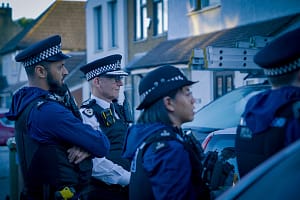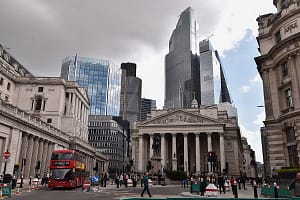Exclusive figures obtained by LondonLovesBusiness show the performance of the project
*Story updated on 19 August, 6.09pm – scroll down below to see what Transport for London has to say*
London Mayor Boris Johnson’s Emirates Airline cable car project cost a whopping £60m to build.
The failure of the project (more below) has been making headlines since the day it launched in 2012.
Back in 2013, Transport for London (TfL) said that the monthly operating cost to run the service was about £500,000 and that it would take £6m a year to run the project. (The London Evening Standard got these figures through a freedom of information request, TfL now says these figures are inaccurate – scroll down below for more)
Through a Freedom of Information request, LondonLovesBusiness.com has found that the fare revenues for the Emirates Air Line cable car haven’t even covered monthly running costs, let alone generating a profit.
Here’s what the cable car has earned in fares since June 2012:
2012: £6m
2013: £5.2m
2014: £5.8m
2015 (until July): £2.3m
Assuming that the running costs are still £500,000 a month or £6m a year, the cable car hasn’t managed to generate enough monthly revenues to cover these costs apart from the first year.
Take a look at what the cable car has earned per month on an average:
2012: £500,000 a month
2013: £433,000 a month
2014: £483,000 a month
2015 (until July 2015): £328,000 a month
Caroline Pidgeon, Lib-Dem transport chairwoman on the London Assembly, told LondonLovesBusiness.com:
“Despite TfL spending a fortune on advertising and promoting the cable car, the passenger figures and the income generated by the cable car remain dismal.
“After being in existence for three years it is clear that it has no future operating as a tourist attraction. The cable car has largely been funded by taxpayers from across London. It is time that the Mayor and TfL finally admitted that the only way to attract regular passengers onto the cable car is to treat it as an integral form of public transport.
“Only a sensible fare structure for all Londoners will ensure that the cable car starts to attract a reasonable number of passengers. If you have a Travelcard you should not have to pay to use it, and the standard fare for Oyster Pay As You Go passengers should be the same as a single bus fare.”
Here’s what TfL has to say:
Transport for London told LondonLovesBusiness.com that figures that the London Evening Standard published in 2013 are inaccurate.
Danny Price, head of the Emirates Air Line, said: “Emirates Air Line has become a huge success with over 5.7 million passenger journeys since opening in June 2012. It is incorrect to say that operating costs exceed revenue income. Over the last three financial years, revenue has in fact exceeded costs and passenger growth continues to show significant increases.
“We plan to pay back the initial investment within its first ten years of operating. All operating surplus raised will be reinvested back into the transport network.”
TfL insists that the revenue fares have exceeded operating costs, here’s the table they provided us:

Take a look at the other problems with Boris Johnson’s cable car project:
No passengers
The cable car has no regular customers, a Freedom of Information request by London transport website 853blog.com revealed in December 2014.
The blog revealed that no Oyster card holders used the service more than five times during a week in October.
In the same period last year, four people used the cable car regularly.
Emirates Air Line cable car closed 354 times in just two-and-a-half years
The Emirates Air Line cable car had to be closed 354 times within the first two year of its launch, the London Evening Standard reported earlier this year.
The closures ranged from a few minutes to up to nine hours.
The main causes of the closure included high winds, lightening risk and technical issues.
Now read:

3 big fat Tube strike myths
5 appalling impacts of London Tube strikes
7 Tube nightmares that need to be addressed NOW










Leave a Comment